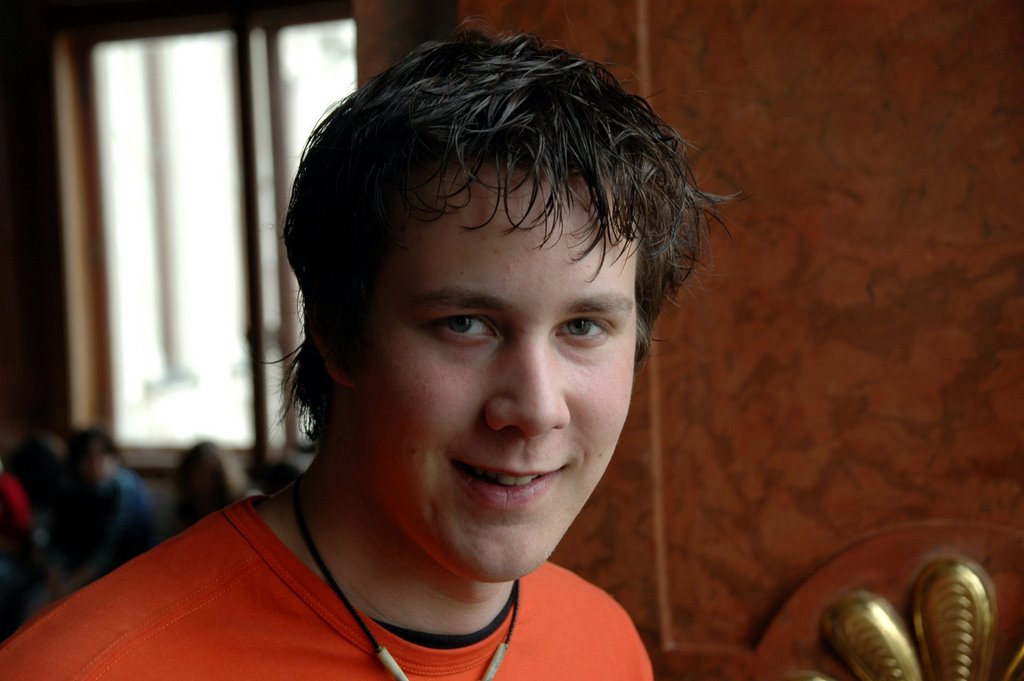Cleaning up space (on hard drives)
As a friend of backups, space is sometimes a dilemma for me.
After many years, I accumulated stuff in many disks, folders, vms, filesystems, ...
It was time to do some cleaning.
After some thinking I elaborated this strategy (simplified):
1- Using rsync, transfer all the data, from all the sources, to a single place. rsync would take care of transferring only what needed when needed, keeping always the latest version.
However, sometimes I move things around, so I need deduplication too.
2- Using fslint I can deduplicate files. However I found that for really large sets of files, the UI (fslint-gui) gets stuck on certain operations. On the command line version I found an option that is really useful when you want to deduplicate, but only above a certain size. And it's much faster.
For 1 I used
# rsync -zvahu --progress --exclude '*~' --exclude '.*/' /source/ /destination/
For 2 I used the
# fslint-gui
and
# ./findup -t -d /destination/ -size +200k (remove the -t to really do something)
fslint is also quite useful to remove empty folders.
I am sure I will be using this info in the future :o)


 Radboud.HU
Radboud.HU  Dylan.HU
Dylan.HU .0.jpg) Dylan.UK
Dylan.UK  Daniel.ES
Daniel.ES 